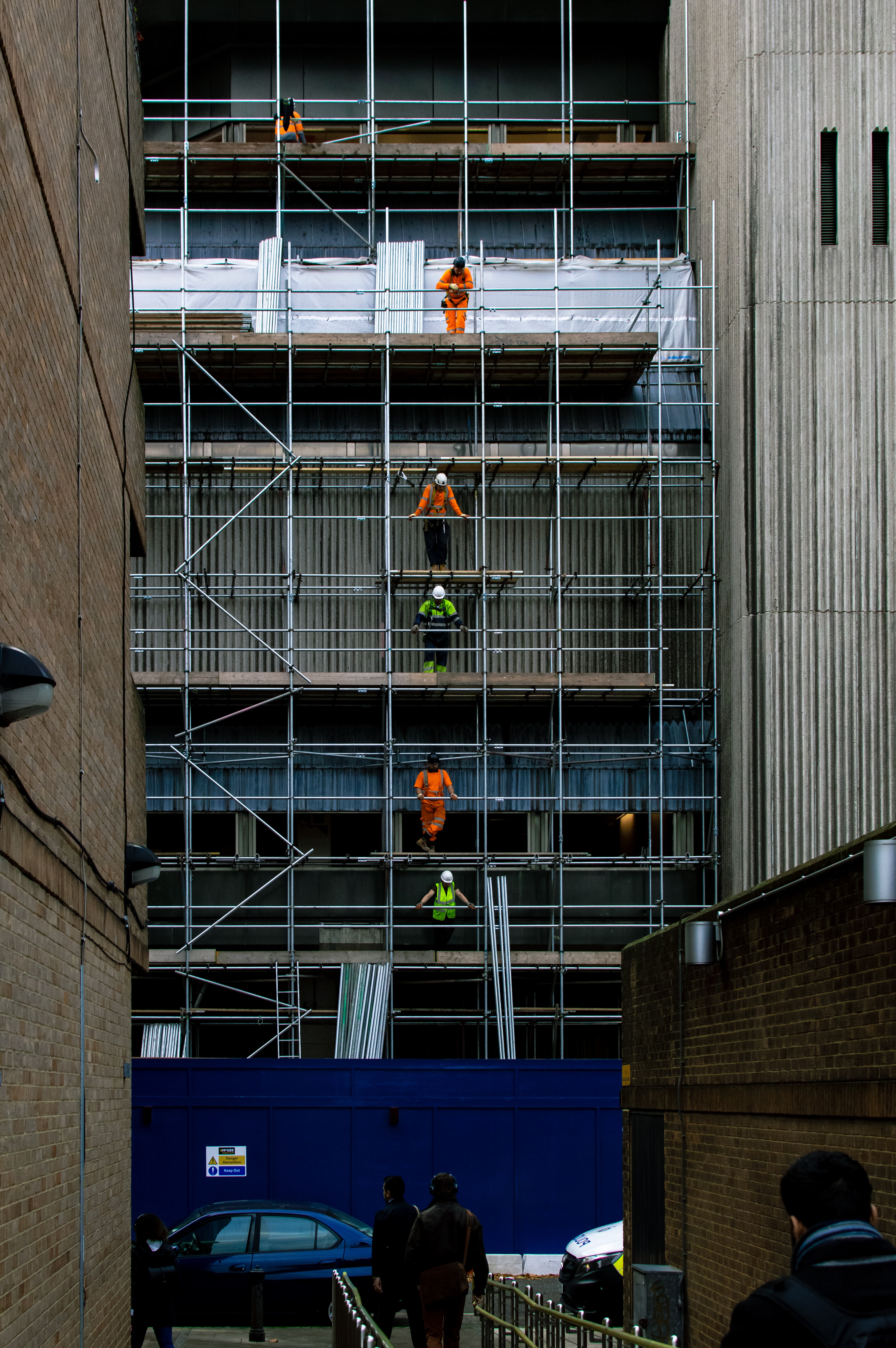A Guide to the Construction Industry Scheme (CIS)


Do you work in the building & construction sector? If so, you need to know about the Construction Industry Scheme (CIS).
Don’t worry if you don’t know what it is, this guide will look at what the scheme is, what type of work is covered, what the CIS means for sole traders and limited companies, as well as what the levels of deductions are.
The CIS allows contractors and subcontractors to have tax on their earnings deducted at source by the main contractor or developer they are working for and for their tax payment to be made to HMRC on their behalf.
These deductions count as advance payments towards the subcontractor’s tax and National Insurance Contributions.
Remember, people that are employed directly (i.e pay tax through PAYE) are treated separately – the CIS does not apply to direct employees.
It is worth understanding what the implications are for different parties:
The CIS can be used for a range of projects within the construction sector; these include building works, civil engineering, demolition, alterations, renovations, and repairs.
It can be used for associated work such as the installation of services like heating or ventilation and even the cleaning and decoration of a site at the conclusion of the construction phase.
The scheme is really only applicable to those directly involved in the construction process: professionals, those providing hire equipment, suppliers and those providing non-construction elements of the project such as catering, or furnishings are not eligible to use the scheme.
There can be a number of levels within a construction project. For clarity, a contractor is someone who pays subcontractors for construction work; there will normally be a ‘main’ or ‘principal’ contractor that employs a range of sub-contractors across various areas of the project.
If you do construction work for a contractor as described above, you’re a subcontractor. HMRC requires you to register as a contractor or subcontractor and, if you fall under both categories, you need to register under both.
It is worth noting that a business that is based outside the UK will operate under the CIS rules if it operates as a contractor or sub-contractor in the UK.
As a sub-contractor, you may operate as a sole trader or through a limited company. There are slightly different requirements for each circumstance.

Register for CIS through the Government Gateway using your UTR and the username and password you have been issued for Self-Assessment.
You will need to have your company details, your NI Number, UTR and VAT to hand. If you don’t have a UTR, you can still log in to the site by clicking ‘working as a contractor'.
As a Sole Trader, CIS deductions made by a contractor from payments to your company are offset against your Personal Tax liability and will be picked up in your annual Self-Assessment.
There are different forms for partnerships, limited companies and sole traders and as a partnership, you will be registered as such in addition to being registered as a sole trader.
As a Limited Company, any CIS deductions made by a contractor from payments to your company can be offset against the company’s Corporation Tax liability or refunded directly to the subcontractor by HMRC after the end of the tax year.

Once these deductions have been made, the contractor must pay HMRC. This payment will count towards the subcontractor’s Tax liability. After the deductions are made, the contractor will submit a report every month to HMRC. This report is called the CIS300.
At the end of the Tax Year, the contractor will submit a Full Payroll Submission and the HMRC will use the deductions to pay your personal tax liability if you are a Sole Trader, or Corporation Tax if you operate a Limited Company.
There it is, your guide to the CIS.
Remember to register as a contractor or subcontractor on the gov.uk site if this applies.
Do you own a business and want to know how much it’s worth?
Check out our FREE business valuation tool to get an instant valuation.
Get quick and easy insight into the real value of your business, without any obligations.
At Intelligent, all of our experts use a specific formula that will give you a free and highly accurate baseline valuation so that you've got a figure to work with that most realistically resembles the value of your business.